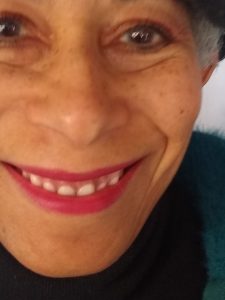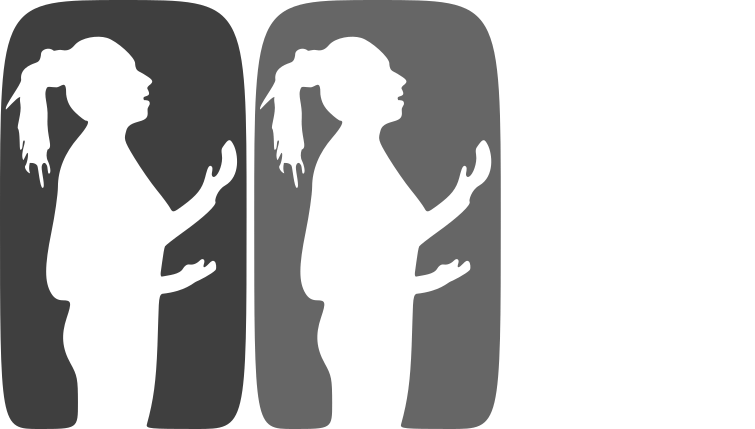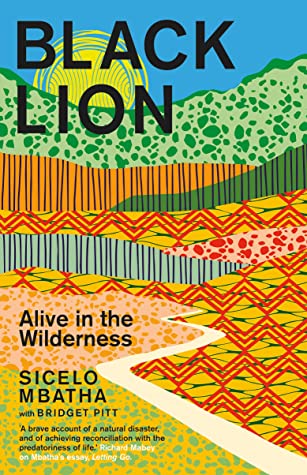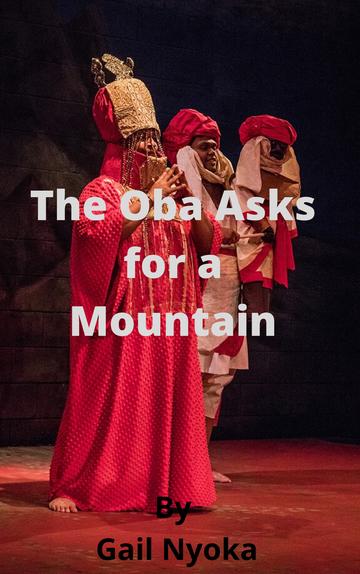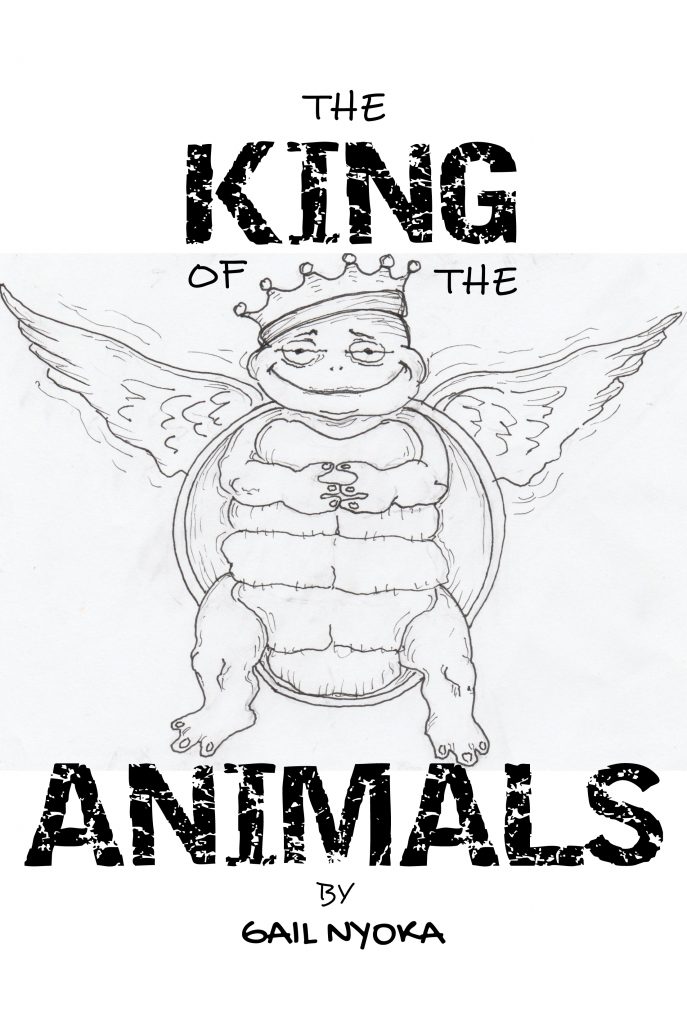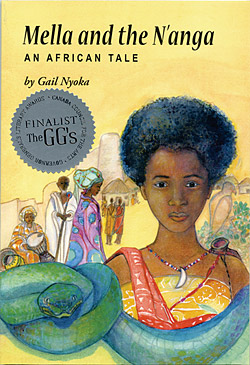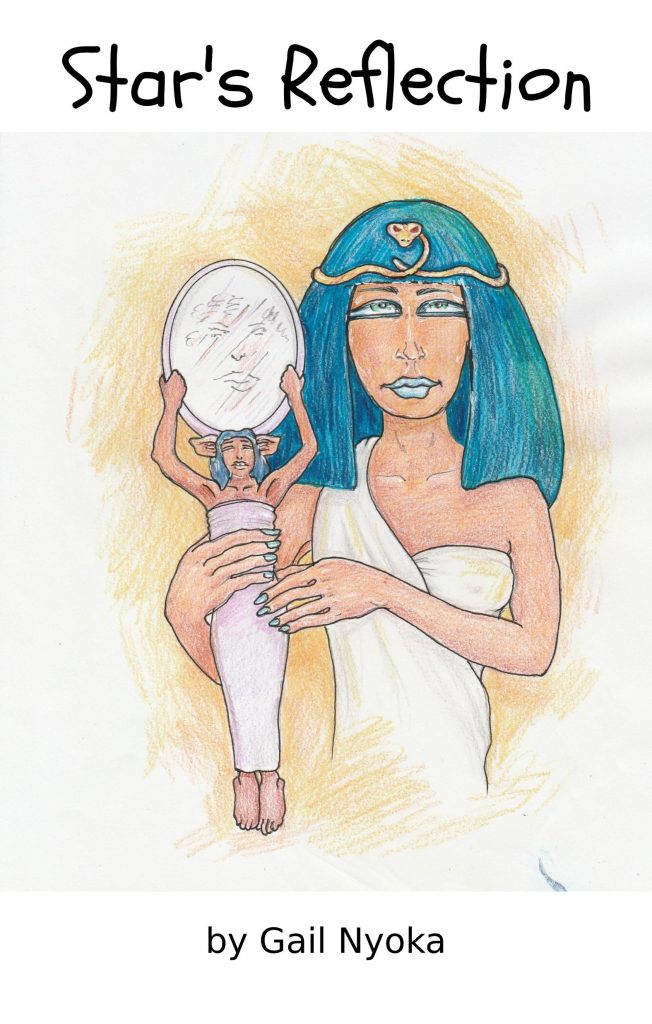 Ibram X. Kendi recounts the time he was in a third grade classroom. A small, shy black-skinned girl raises her had in response to a question from the teacher. The teacher ignores the girl and waits for the raised hand of one of her white students.
Ibram X. Kendi recounts the time he was in a third grade classroom. A small, shy black-skinned girl raises her had in response to a question from the teacher. The teacher ignores the girl and waits for the raised hand of one of her white students.
Even as a child, Kendi notices that this girl’s spirit is crushed, he sees how she bows her head. Here is a powerful story that resonates with my own experience. How many times does this type of incident happen? How many black-skinned girls and boys are destroyed in classrooms? Far too many. It has been happening for generations.
The effects of racism on individuals who fall under its influence are numerous: depression, distress, suicide.
There’s no such thing as casual racism, there’s no micro in the aggression that dark-skinned people face on an almost daily basis. This is what Kendi describes as “the persistent daily hum of racist abuse.” (Page 47) He uses a strong, more accurate vocabulary: Racist abuse. Not institutionalized racism: Racist policies.
Racism is part of life in North America. It has affected the psyche of every person who lives within it. Kendi examines his own life, thoughts and behaviors throughout the book. He states, “No one becomes racist or antiracist. We can only strive to be one or the other.” (Page 23)
We need awareness every day of how much racist attitudes have seeped into our unconscious ideas, and how these shape our actions and way of thinking.
How do we move into a better way of living? It’s a long and difficult process that involves focusing, not just on individuals, but on the forces of power, and the policies that uphold racism.
Chapter One begins with definitions of racist and antiracist. The chapters that follow start with a definition to draw our attention to the racism in our perceptions of the body ethnicity, the language we use, and the weave of beliefs that underlie our attitudes.
Here’s a book that can help every one of us to live more thoughtfully. It shows us how we can actively joins the fight against the racism that permeates our everyday lives.
